Bulgaria’s capital is a city steep in layered past, a contemporary urban cool with its sights firmly set to the future.
At magic hour, when cotton clouds roll in and drape a cool shade over the land below, a girl lights a candle at the St. Nedelya Cathedral. Military officers, anchored for several hours at the Office of the President Building can finally crack a smile, happy to be relieved from their post in the impending changing of the guards.
Somewhere in the town, church bells toll in unison with the call from the muezzin. Men huddle inside a mosque to pray, a few spill over on the street. Just as the quddāsa was about to start, an elderly woman clad in black stepped out of the nearby synagogue. Not far away, under the arches of the Chamber of Commerce building, a group of youngsters dance in robotic fashion to the upbeat tune of Korean pop music.
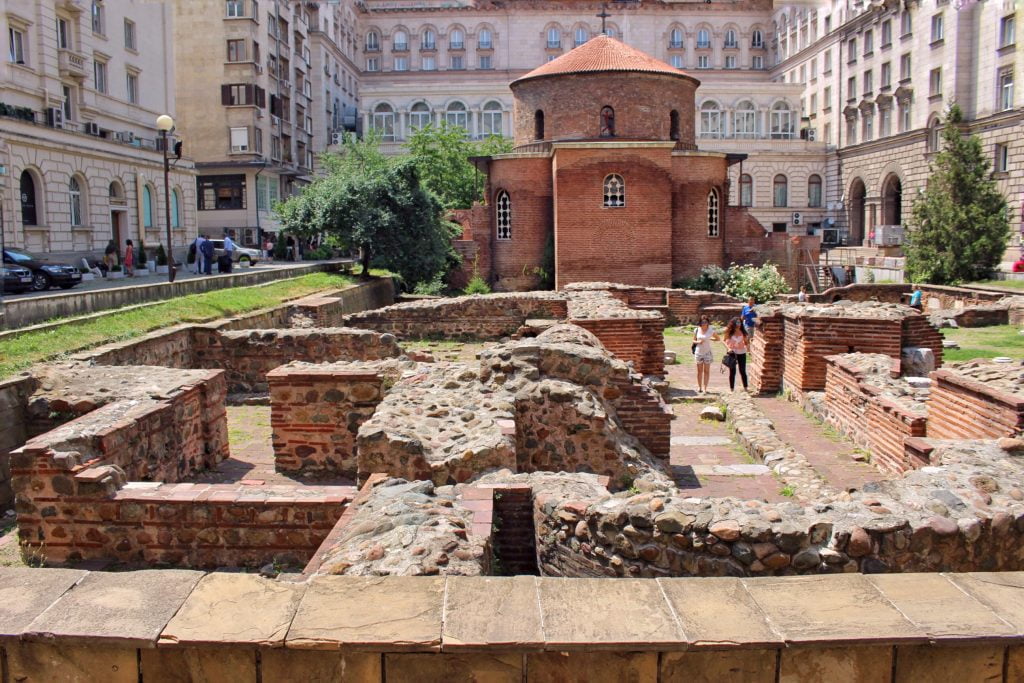


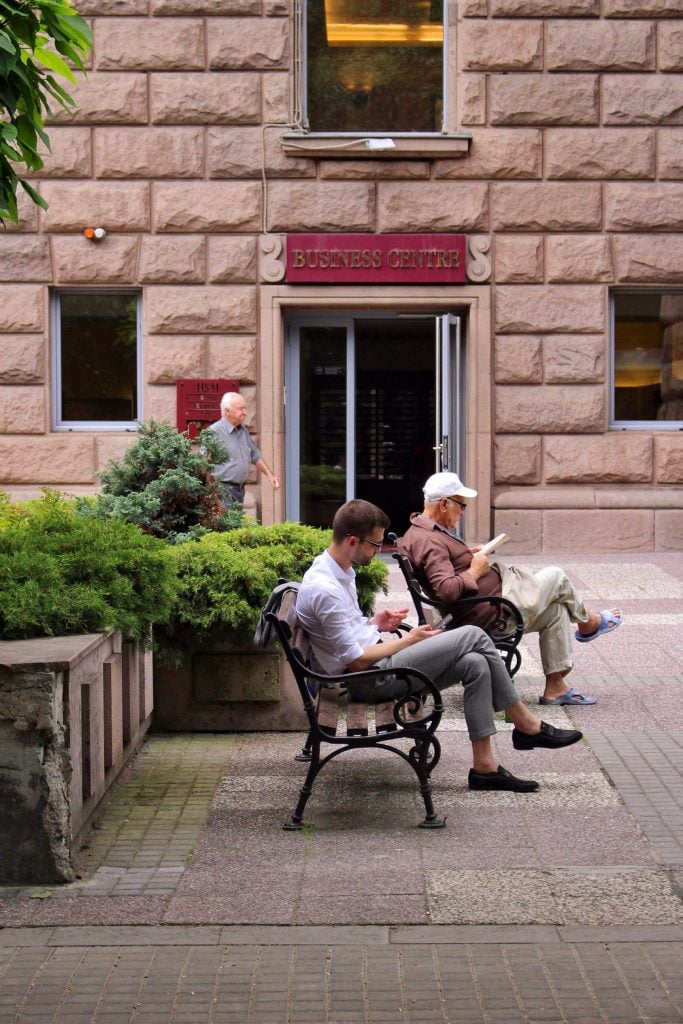

In a moody Balkan spring, I have taken a trip to Sofia, Bulgaria’s capital – a proud city emerging from the shadows after the fall of the Iron Curtain in 1989.
Like most former satellite countries under the Soviet sphere of influence, the country didn’t escape its war time scars.
Bulgaria isn’t exactly the kind of place for a wayfarer to visit majestic palaces and witness ultra-modern development. My recent trip, however, revealed a city of spirited dreams and ambitions, a city setting its sights on a ‘happy-ever-after future’. Sofia may not seem to show much at first glance. Its beauty is slow to reveal. The more you scratch beneath the surface, the more you appreciate its personal story. It’s that magical place that exists in maps and not in anyone’s imagination.
Constantine’s Rome
Shortly after arriving, I found myself wandering around the old part of town where the city of Sofia first sprang to life. From its Thracian roots, to the rise and fall of the Roman empire, all the way to the Ottoman conquests and then finally to the Russians whose dominance manifest the city’s present day infrastructure.
I think what lends a city much of its charm even devoid of swanky buildings, high-speed technology and wealth is its daily life and the ironies the people make of it.
In Serdica, the past speaks to you. “Sardica mea Roma est” (Serdica is my Rome) Constantine The Great would say. Within the excavated ruins that peppered the perimeter, I sauntered along the cobblestoned alleyways where Roman emperors would have taken their leisurely afternoon walks as scampering servants tagged behind.
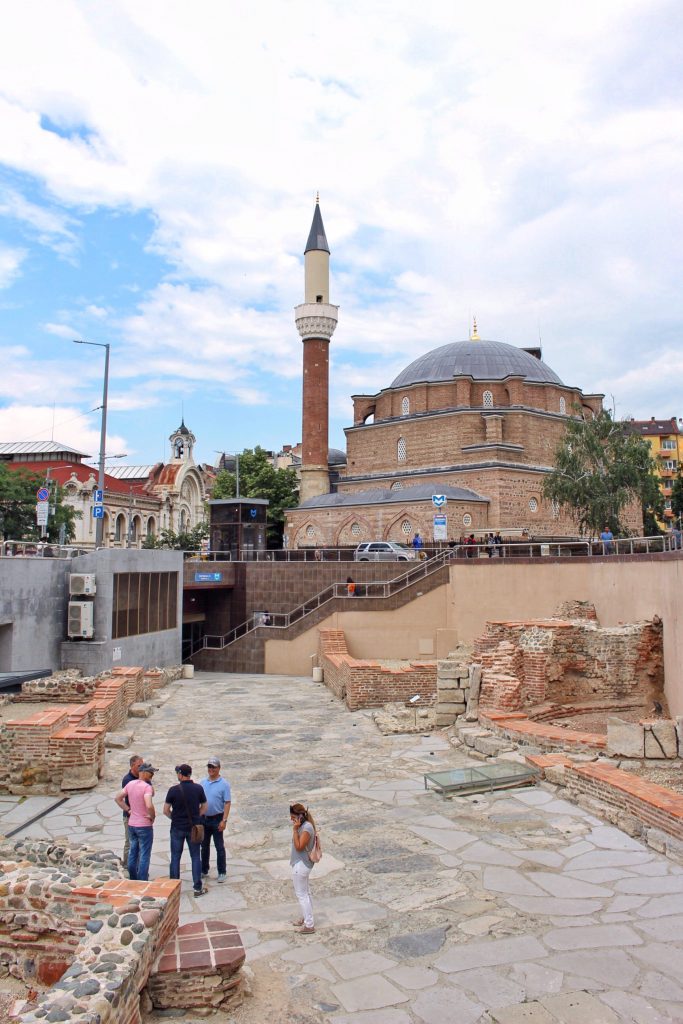

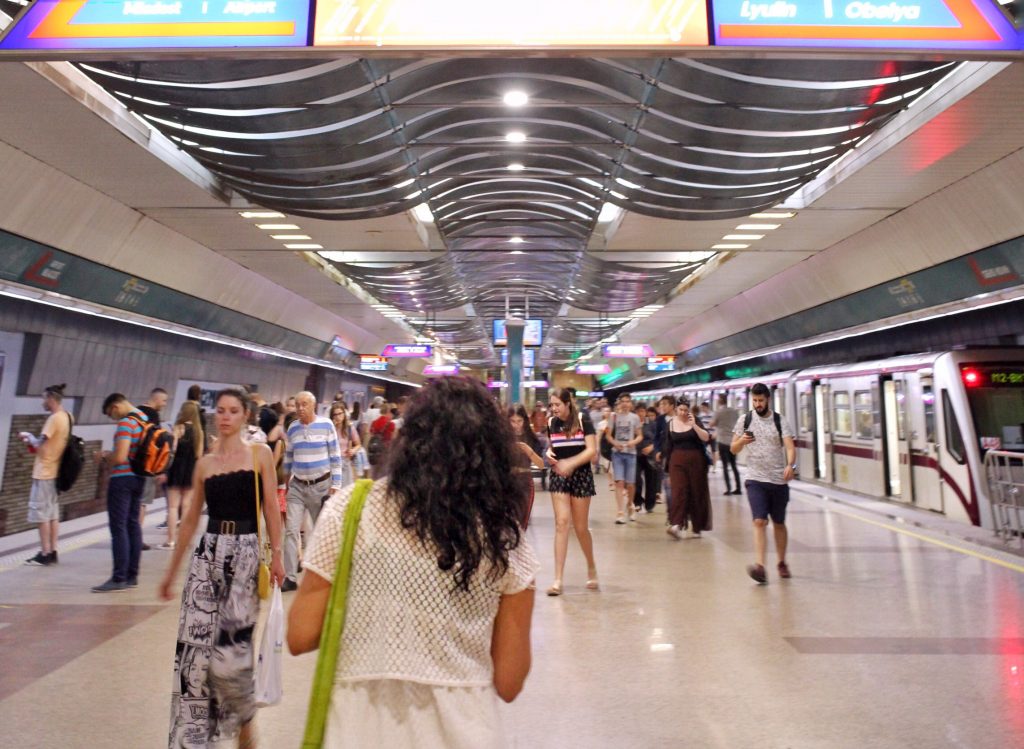

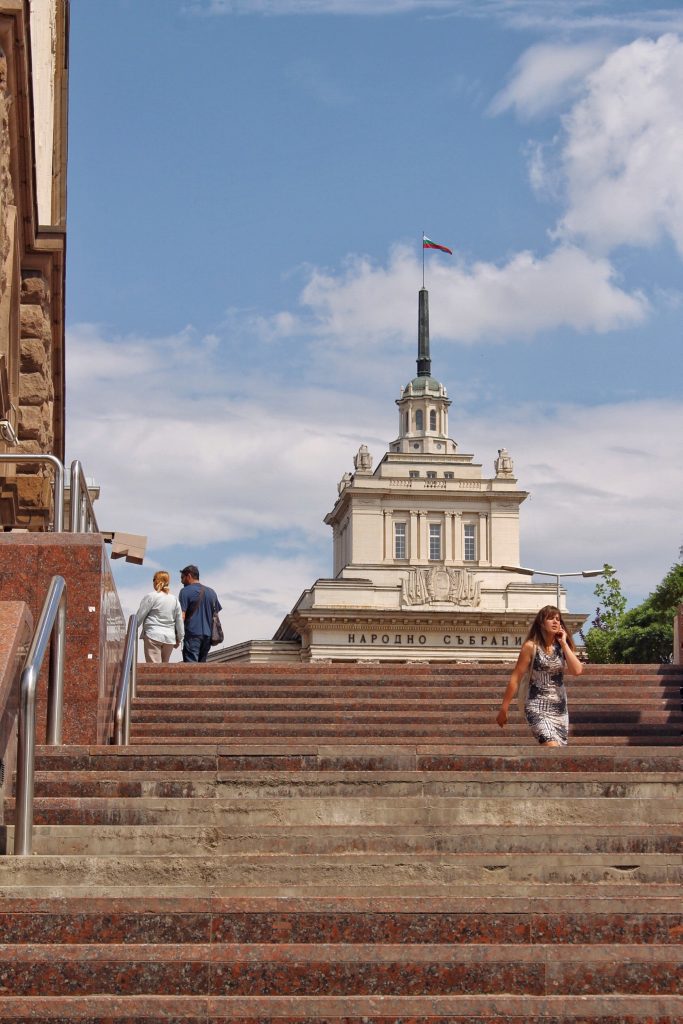

Sofia’s past and its futuristic aspirations coalesce like gold and precious ore. From time to time, crowds alight from the few remaining vintage trams and make a dash to catch the latest state-of-the-art subway train waiting underground. Commuters in headsets, some dress like they came out of a NASA ad, descend several a few meters below passing the relics and layers of their ghostly ancestors that thrived since 6000 BC.
A familiar image of St. Sofia presides over Serdica station silently keeping a watch over its inhabitants and to those that visit the city. Meandering my way through town, I stumble across Banya Banshi mosque designed by the chief architect and civil engineer of the Ottoman Empire, Mimar Sinan – the man behind Istanbul’s Blue Mosque and the celebrated Selimiye Mosque in Edirne. Nearby in front of a quaint open square is Sofia’s History Museum, once the city’s mineral bath house. From here turning south, solid Stalinist architecture looms. Artists and bohemians alike fill the gaps in between and blossom in their creative spaces.
By the time I cross the park where elderly people play chess, the sky roared and a heavy downpour ensued. Everyone scrambled to find cover. The old men with their canes, tapping and mumbling while crossing the street, a mother pushing two strollers with twin girls aboard squealing with glee, teenagers in backpacks making a run to the nearest canopy and a drunk bolting quickly on his feet while wobbling side to side to escape the rain. Even the stray cats that were lounging on a bench have the presence of mind to keep themselves dry.
If I were to frame Sofia and hang a picture in my living room, this would have been the perfect scene. I think what lends a city much of its charm even devoid of swanky buildings, high-speed technology and wealth is its daily life and the ironies the people make of it.
East country of the West
“I have never been so welcomed when I moved to Sofia”, Angelo Zuccala, the French-Italian general manager at the new Intercontinental Hotel told me one afternoon. “Sofia is a city that can make you feel at ease. It’s safe and full of potential.” Zuccala after working in different parts of the globe had never been quite chanceux in his career as hotelier, to be stationed in the city. “Sofia is a secret gem that most people overlook and it won’t be long before the secret is out”, he confided before answering a call on his phone to check if the arrangements for the presidential suite had been up-to standard for the arrival of a famous Hollywood movie director.
It wasn’t long ago since the country’s admission (together with Romania) to the European Union in 2007 on a New Year’s day. Whilst the country welcomed the good news, mud-slingers had already succeeded stoking fear of a looming Bulgarian invasion. Like wildfire, migration anxiety spread to countries in Europe and was felt so strongly in Britain. The cynics and skeptics had braced for the exodus of Eastern Europeans breaching their shores. By the end of the day, the influx never happened. Instead, the hullabaloos lead to a different turn of events. The windmills of the gods shifted Europe’s attention to this ‘East country of the West’ and brought the spotlight not only to its colorful history, rich culture and a promising tourism powerhouse, but also in terms of its dynamism and digital competitiveness.
It’s easy to see why more foreign citizens choose to settle here, like Zuccala. It’s also not hard to imagine why international companies are setting up more offices in Sofia, venture capitalists are taking notice, tech companies are rising and more and more corporations worldwide are sending their teams to establish their brands in what was once the poorest country in Europe in 2008 and now becoming the “Digital Capital of Eastern Europe”. It seems that Sofia is back in the news and for good reason.
The Wisdom City of Tomorrow
By the next morning, after paying tribute to Bulgaria’s Patriarchal Cathedral, St. Alexander Nevsky – constructed in memory of the soldiers whose lives had perished in the Russo-Turkish liberation war in 1877-78; I visited Boyana Church that served as a link to Bulgaria’s early Orthodox Christian faith and medieval art.
Dragalevtsi Monastery, tucked away and camouflaged amid lush foliage, is another paradigm of the country’s Orthodox belief that rose from the embers when Sofia fell to the Ottomans in 1382. It is currently run by nuns, rebuilt in the second half of the 15th century and later to become the repository of Bulgarian records.
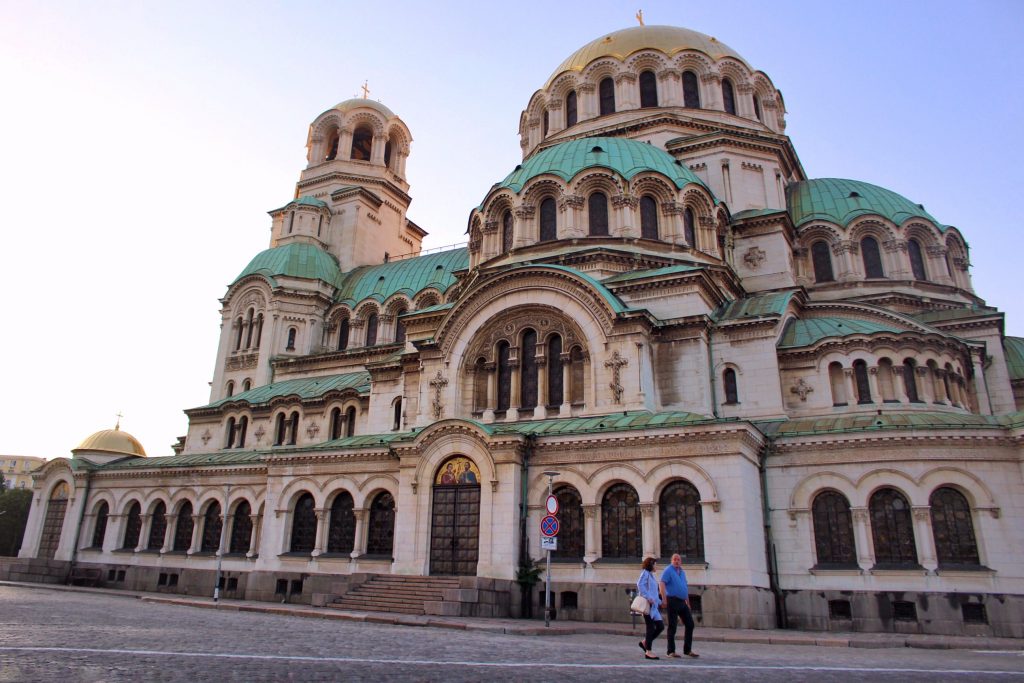

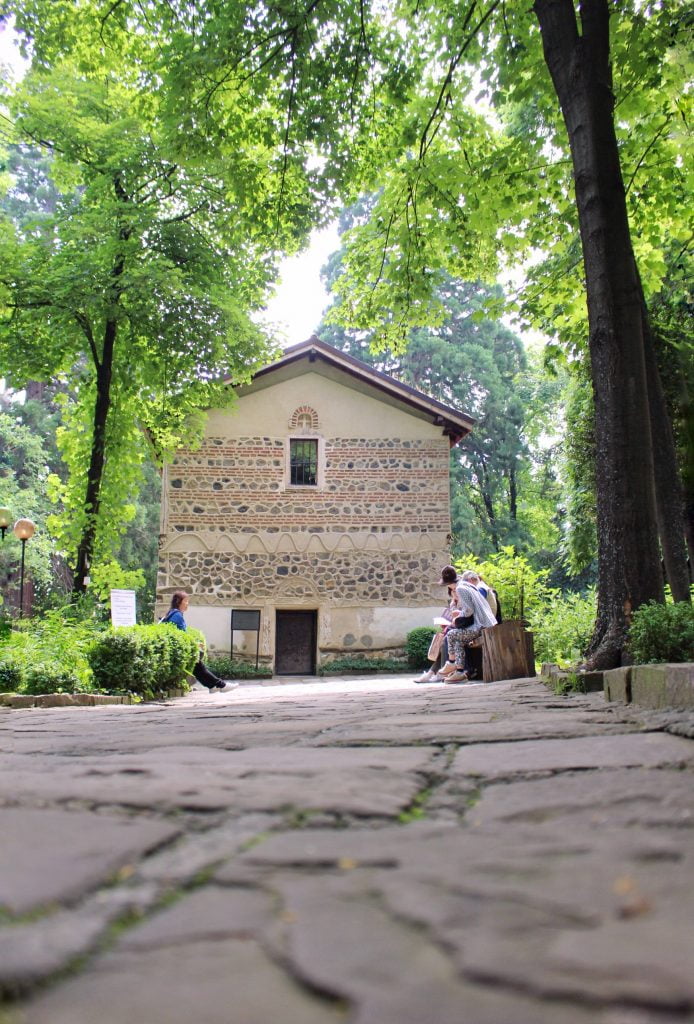

From the foothills of the Vitosha Mountains, I continued my way up meeting city-hikers, walking their dogs and cyclists pedaling to reach the panorama. The city in its stillness, seen from a distance looked foreign. I was far removed from everything although it is only a short 30-minute drive from the center of town. Sofia, after all, is a tiny pocket of the enigmatic Bulgarian landscape.
To know Bulgaria, is to get acquainted with the words of its native son, Yordan Radichkov (1929-2004), and as the locals would call him, the Bulgarian Kafka. No one best captures the soul of his country as the former writer and playwright himself. “In fact, all our land in this way is stacked, twisted, cracked, as the entire Balkan Peninsula is twisted and shaggy. I think that this twist and shyness make our land picturesque. In our country, we are stepping prairies, savannas, deserts and everything is in a wonderful mess, where nature has played as a young child and has scattered all its toys around us.”
If there’s one quality that Bulgaria and its people possess and that Radichkov have inadvertently missed, is perhaps the enduring quality to reinvent itself. I caught up with Svetoslav Yordanov of Traventuria on my last day in the city. Over an alarmingly potent local drink called rakia and shopska salata, a typical Bulgarian tomato salad sprinkled with feta cheese on top, we chatted about his early career as a hotel staff serving tables and how he transformed himself into running his own travel agency. Yordanov – average built, beardless and with a whimsical glint in his eyes, who, like many Bulgarians, was compelled to seek an alternate livelihood or find a new calling in life after the end of the communist regime.
“Everyone had to quickly change career during the transition period in order to live and earn money. It was hard then. I was lucky to have met many interesting people as well as earning their confidence during my time working at the hotel. By the time I started my travel business, I had been driving the same people as they explored the countryside and crossed the borders in the Balkan Peninsula.” Gazing at his half-full glass of the Bulgarian spirit and before drinking the last drop, he went on to say “tourism became Bulgaria’s bread and butter.” He points out the new dynamism and sense of stability that the country is enjoying at present and optimistic about the building boom that’s taking place in the city. The idea of creating more places for companies to thrive and opening business district close to the airport couldn’t have been better timed.


I can sense the homogenizing modernity and the flow of investment. The new 4-star Best Western Premier Sofia Airport is a nod to the city’s transformation complimenting the trade and conference centers as well as nouveau shopping malls in the area. Anyone who spent nights and had been a guest of this new kid on the block may as well be thrilled of how the hotel is not only positioning itself as a newer face of modern Sofia but also a gateway to convenience due to its close proximity to the airport. With its 155 functional and contemporary rooms and fully equipped conference center with touches of innovation, it has the business community in mind. In many ways and reasons, the property is an amalgamation of hospitality concepts – a comforting breakfast selection and a respite.
When I landed in Sofia the first thing that caught my attention were rows of tenements reminiscent of the Soviet era dotting the fringes of town with otherwise unremarkable façades, disfigured and several are in a state of disrepair. It left me with a residual feeling of remorse. As I leave Sofia, I still see the same poignant images but this time in a different light.
Slowly I began to notice reconstructed windows once riddled by gaping chasms. A block of wall painted in bright colors that would make an impressionist flinch. Terraces dressed in flowers pots with miniature rainbow-colored windmills glittering in the soft afternoon sun. At the back seat of the car, inside looking out, away from the nightmares of the past, I see a city that evokes the spirit of what once Sofia is known for since the old times – hope, optimism and enlightenment. Sofia is reborn.
BUTTER MY BAGUETTE
This website made of love strives to produce FREE CONTENT.
Help me tell more stories and keep this website free of any advertisement by supporting Flying Baguette in inspiring more people and connecting you with other cultures and communities around the globe. Donate a little or as much as you can afford to keep the magic of Flying Baguette going for years to come. Share your support through the icons below ⬇️
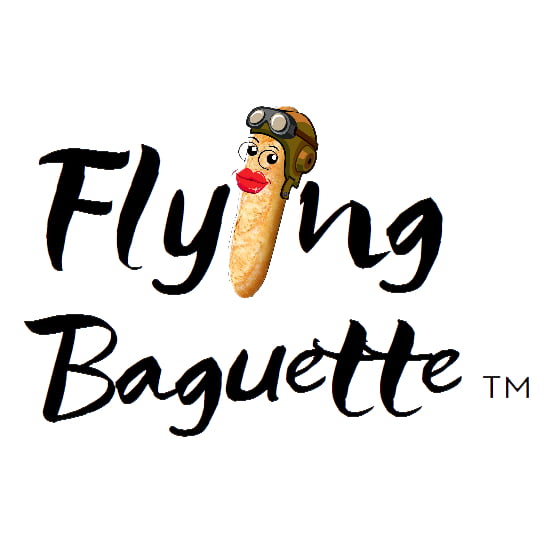





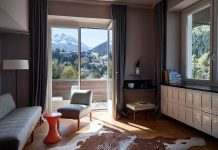

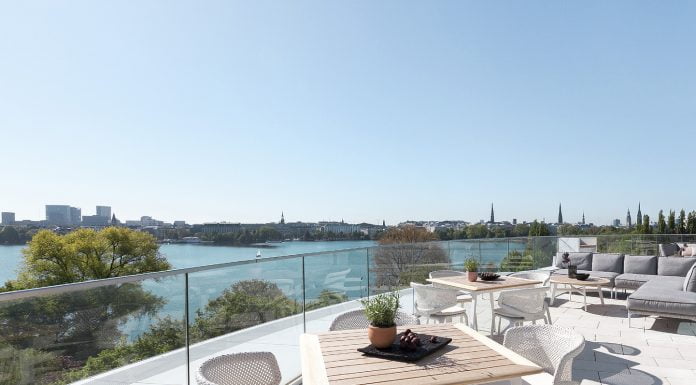





I really enjoyed reading the positive way you described Sofia and the storytelling that goes with it. Sofia is not always well understood and is often overlooked as a tourist destination.
I was very curious about visiting Sofia and finding out what it has to offer.
Thanks for sharing your experiences. I passed through Sofia briefly because I did not enjoy the city at all (I didn’t feel that “welcome” like Zuccata described), but from your descriptions it seems like I was in a totally different place! Clearly I need to give the city another chance. Your photos make it looks quite beautiful.
A really great example of how first impressions don’t always stick, and with Sofia it’s nice to see you saw many sides of it on your trip. The mosques and churches look incredible, very pretty, and I’m sure that the old soviet era buildings are a big contrast, but this is a wonderful introduction to Sofia. It’s a place I’ve heard about and some good things, but I’d really like to visit and explore myself
I love how you paint the picture of everyday life in Sofia in the intro. While it looks like an exciting city to explore I rarely hear much about it. Maybe that’s for the best. I visited Bulgaria many years ago and looks like Sofia is worth a visit. Old towns are usually the first place I want to visit so I can relate to this part!
This was a wonderful and positive impression of Sofia. I recently read an article by a travel journalist who reviewed one of these mystery tours based on her profile and personal preferences. She got send to Sofia (in winter) and well…her review not only about the tour operator and Sofia were both quite disappointing and negative. Seeing your pictures and reading about your impressions, it feels like this is a complete different city. Maybe this is one of the places you have to experience in the summer, when you ca absorb the warm evening vibes and the city is much more alive. Your post sheds a much positive light on the unique qualities of Sofia and has me intrigued about visiting it.
Carolin | Solo Travel Story
Such a delightful portrayal of a very lovely city. We visited Sofia for a mere afternoon many years ago – and could tell then that our time there wasn’t nearly enough. It is a city with a rich history and diverse architecture and I loved reading about the street scenes – you’re so right that it is a secret gem. Your lovely post has enticed us to return. But, although we missed many of Sofia’s charms we did manage to enjoy shopska salata and rakia while we were in Bulgaria – those were unmissable!
Mitch & Colin from Very Tasty World
Beautiful writing I could see myself there observing all the characters you described. It’s interesting to see how these cities (from behind the wall) have emerged in today’s digital society.
What a beautiful city! I’ve only really seen the temple and not much else of the city so I enjoyed reading your post about the other aspects of the city. Definitely adding it to my list.
Once again, I’m enthralled with your travels and your writing. Your descriptions of the street scenes, people, and overall vibe of the city are very enticing and vivid. I know that I would love to wander around the ruins and historic sites.
Lyn | http://www.ramblynjazz.com
Sofia has been on Ellie’s and my radar for quite some time. For a while nearly all our trips ventured to the East and Southeast of Europe. Your post reminded me of two things: (1) we need to pick up where we left it with regards to travelling to that part of the world, and (2) I need to stop reading your posts because I’ll die of envy at your awesome writing style if I don’t. 🙂
Nice overview of your experience in Sofia. Your writing and observational style remind me of Anthony Bourdain.
How very kind of you to leave such lovely comment and thanks for reading the post. Sofia grows on you and creates a silent pact between the city itself and to those who set foot on this lovely capital. I guess there’s always a little piece of Anthony Bourdain in every traveler wanting to see a city with NO RESERVATIONS 😉
Thanks for sharing your experience and photos. Hope someday will be in Sofia 🙏
It brings me joy to share my travel experiences and notes, and I am glad that my story inspired you to plan a visit to beautiful Sofia 😉 The question now is, when are you going?